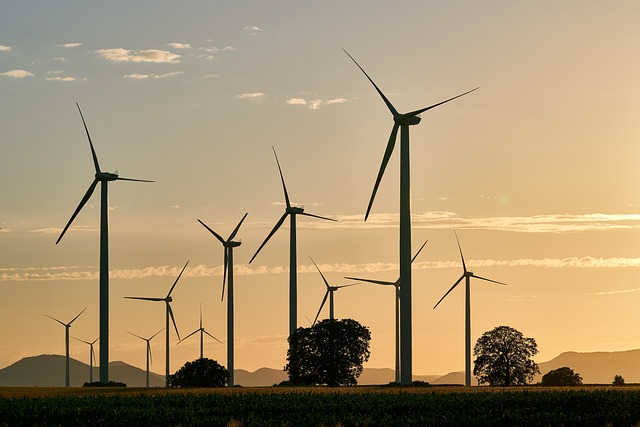-
The Philippine Ports Authority is closely coordinating with the Department of Energy to redevelop ports that would host offshore wind projects
-
The Asian Development Bank is conducting a feasibility study on 10 ports that can be repurposed as part of infrastructure for offshore wind farms
-
PPA general manager said they hope the budget for the expansion of at least two terminals will be granted under the 2025 General Appropriations Act
The Philippine Ports Authority is closely coordinating with the Department of Energy (DOE) to redevelop ports that would host offshore wind (OSW) projects.
In a recent press conference, PPA general manager Jay Daniel Santiago said the Asian Development Bank (ADB) is conducting a feasibility study on 10 ports identified by DOE that can be repurposed as part of the infrastructure readiness for offshore wind farms.
According to an ADB technical assistance report published in February 2024, the DOE has identified the candidates for offshore wind projects for pre-feasibility studies: Philippine National Oil Co. Energy Supply Base Port in Mabini, Batangas; Port Irene in Cagayan; Iloilo Commercial Port Complex, Iloilo City; Port of Subic Bay, Zambales; Pulupandan Seaport, Negros Occidental; Port of Currimao, Ilocos Norte; Bauan International Port, Bauan, Batangas; Calabanga Provincial Port, Camarines Sur; Bulalacao Port, Mindoro Oriental; and Port of Banago, Bacolod City, Negros Occidental.
Some of these ports are under PPA jurisdiction while others are private ports, Santiago noted.
He said the feasibility study aims to ensure the applicability of the location and the engineering design for offshore wind terminals since these have different requirements compared with the regular common user terminals of PPA.
Santiago said the study will also identify the tariff structure for the offshore wind terminals since services to be provided for such are different from regular cargo-handling.
DOE assistant secretary Mylene Capongcol earlier said the readiness of port infrastructure is one of the “critical” requirements for developers when constructing offshore wind projects.
She added, however, that none of the existing ports in the country can meet the standards for such projects, as these require sufficient water depths and wider access channels.
Santiago said offshore wind projects have a minimum requirement of 25 hectares but the PPA ports average between two and five hectares.
Santiago said personally, he does not think all of the 10 identified terminals will be completed by 2028.
“We’re looking at, if we can establish a template for the OSW terminals, at least one or two by 2026 or 2027, then later (we can follow the) template for the terminals, including the tariff structure,” Santiago said.
The PPA chief noted they hope the budget for the expansion of at least two terminals—one in Batangas and one in Currimao, Ilocos Norte—will be granted to PPA under the 2025 General Appropriations Act.
“On the part of PPA…regardless of (what will be agreed upon or the) tariff structure for the terminal operator and applicability… the terminals (are there) it’s just a matter of expansion,” Santiago said.
As of November 2023, DOE has awarded 82 OSW service contracts, with a combined potential capacity of 63 gigawatts. The country’s offshore wind resources hold an estimated potential of 178 GW, according to the Philippine Offshore Wind Roadmap.
With the first offshore wind project expected to be completed by 2028 and several others underway, the Philippines aims to increase its renewable energy share to 35% by 2030 and 50% by 2040, largely driven by offshore wind resources.
READ: Gov’t explores PPP to construct offshore wind farms near ports









